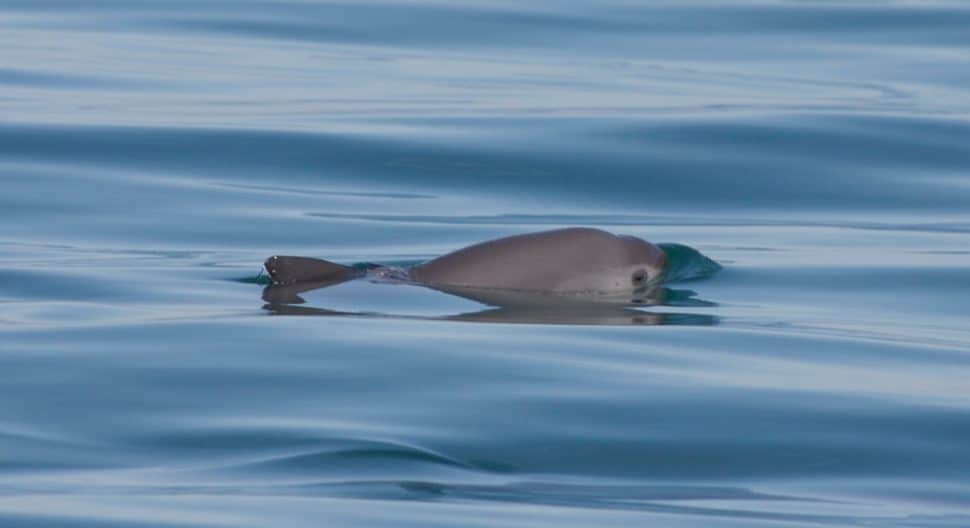
Extinction imminent The world’s most endangered marine mammal is racing towards extinction. It is very likely that only about 30…

Extinction imminent The world’s most endangered marine mammal is racing towards extinction. It is very likely that only about 30…
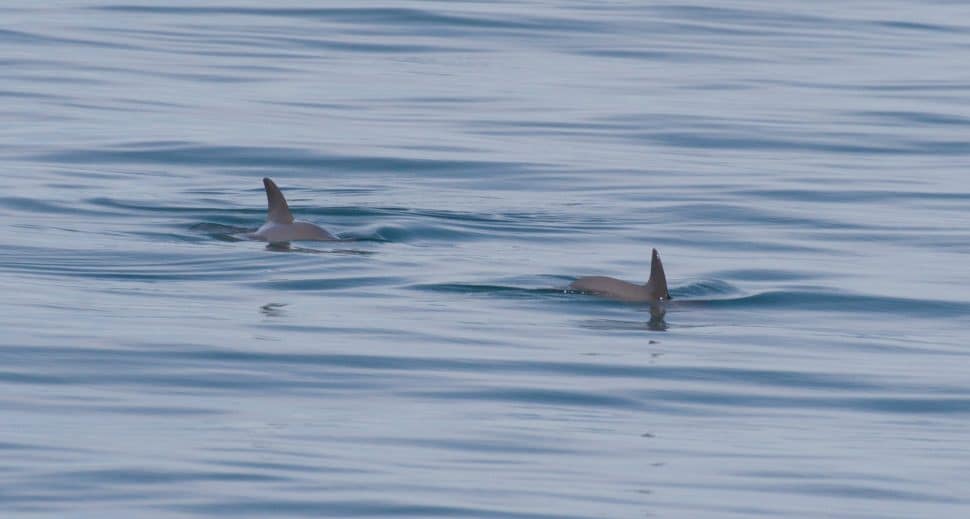
Time is running out for the vaquita porpoise Found only in Mexico’s Gulf of California (Sea of Cortez), the vaquita…
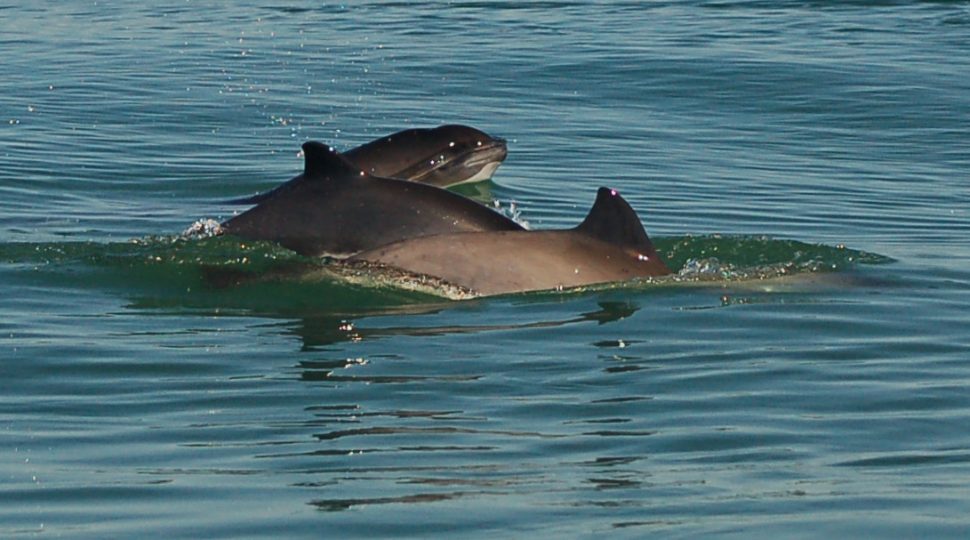
A marine protected area, or Special Area of Conservation (SAC), has been established by the Scottish government in the Inner…
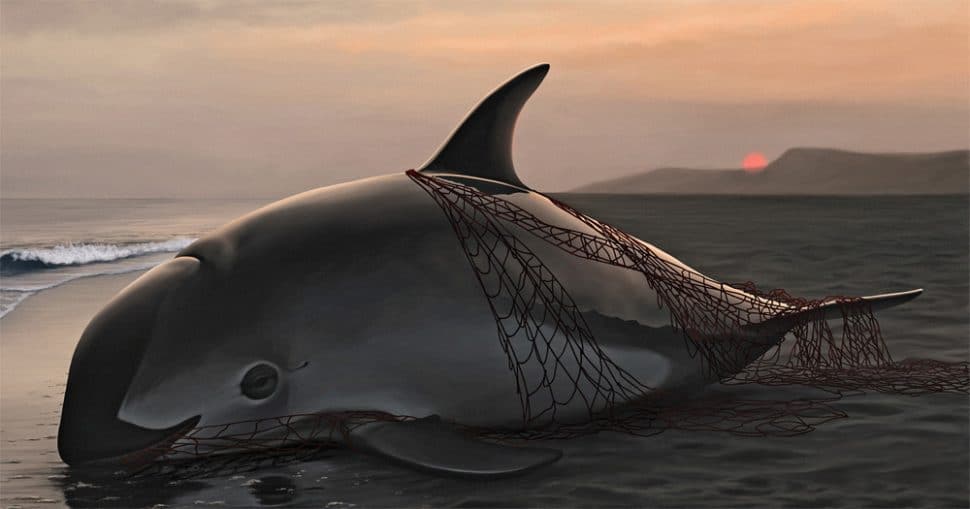
Mexico heeds to expert advice and bans gill-nets permanently Today, only a week after the U.N. World Heritage Committee urged…

The Most Endangered Marine Mammal in the World The vaquita is the world’s smallest of the whales, dolphins and porpoises…
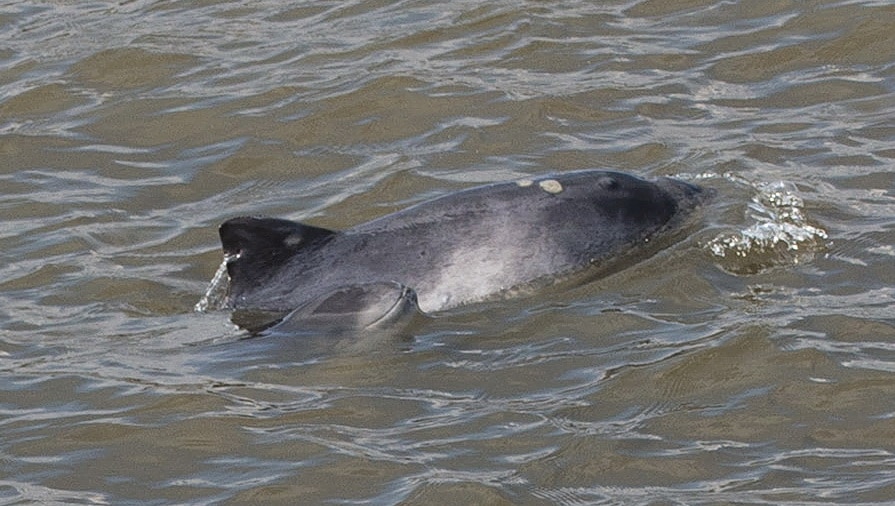
Harbour porpoise tend to have a low profile. Thanks to their inconspicuous behaviour and a tendency not to show off…
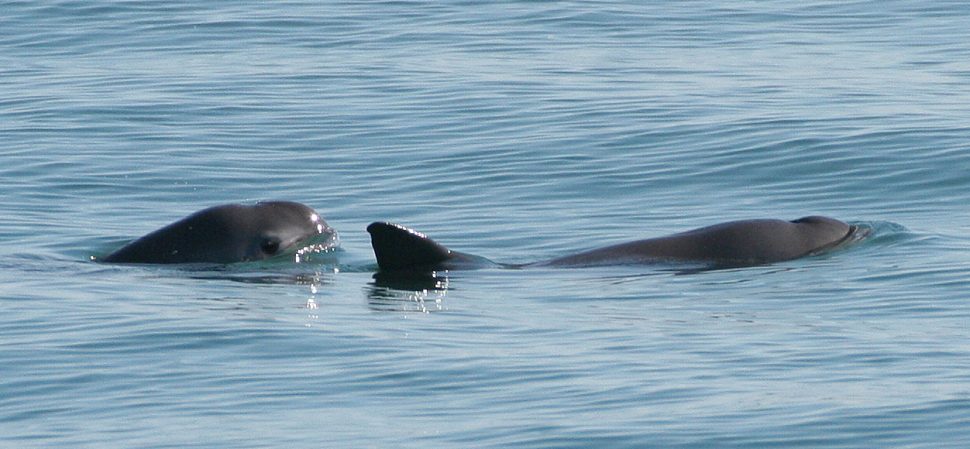
According to the latest report published by the International Committee for the Recovery of the Vaquita (CIRVA), the vaquita population has dropped to about 60 individuals.
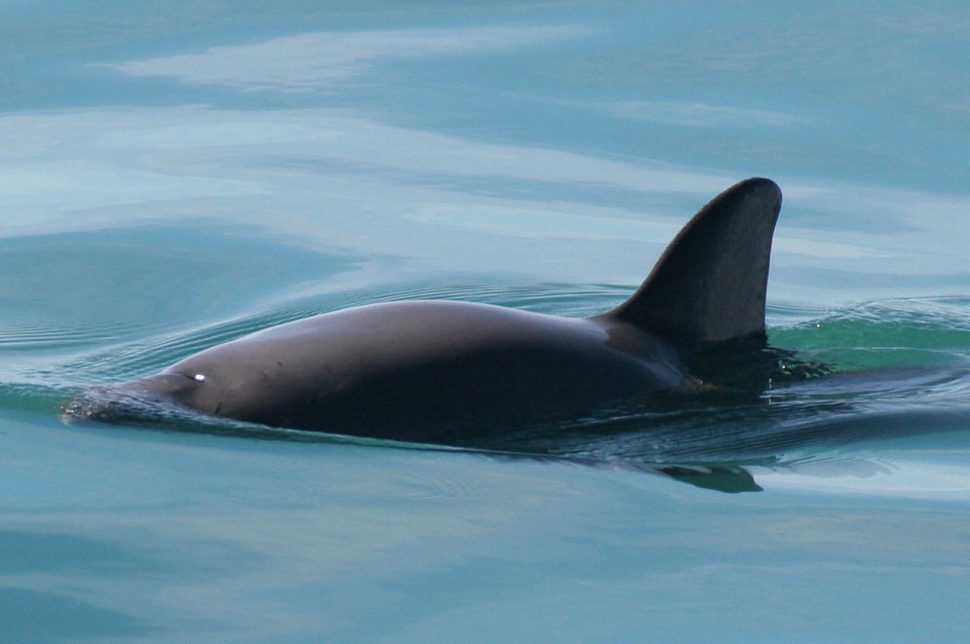
With events happening in the United States, Mexico, China and Austria, the International Save the Vaquita Day aims to raise awareness for one of the world’s most critically endangered marine mammals, the Vaquita (Phocoena sinus).
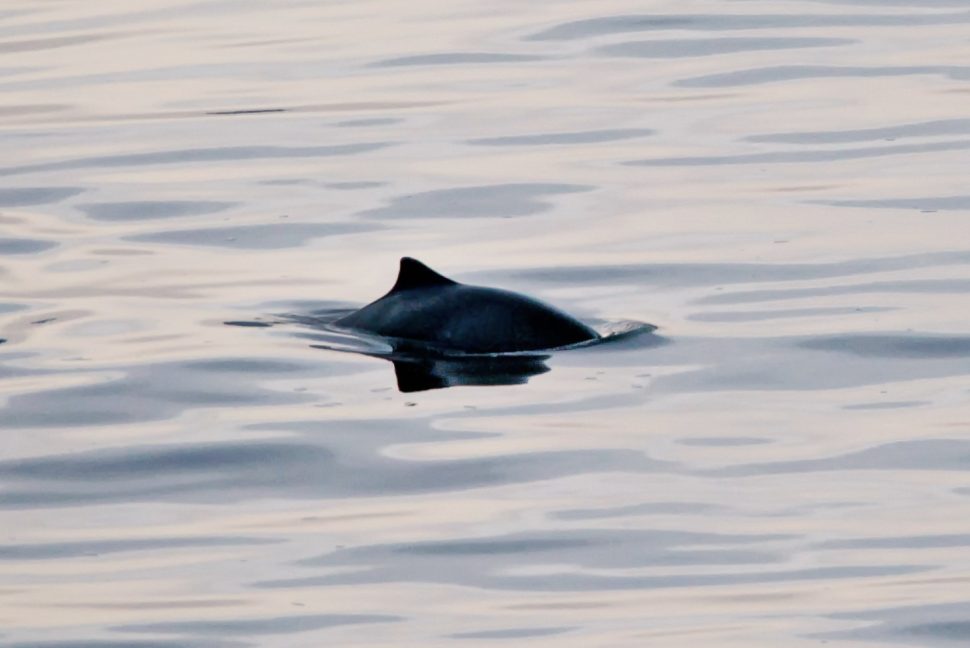
A study recently published in Nature suggests that harbour porpoise react to high-frequency noise generated by vessels. In 27.5% of cases, the animals exposed to recorded vessel noise responded with what appeared to be avoidance behaviour.
Harbour porpoise inhabit shallow coastal waters where they are frequently exposed to vessel noise. While the effects of high-frequency noise have so far been largely overlooked, the authors conclude that vessel noise may indeed be a substantial source of disturbance for these small cetaceans.

A report published recently by the Committee for the Recovery of the Vaquita (CIRVA) points towards the decline of vaquita at a much higher rate than previously estimated. A review of acoustic monitoring data gathered between 2011 and 2014 shows an average estimated annual rate of decline of 31%, compared to the 18.5% annual decline estimated for the 2011 to 2013 sampling period. The higher average is the result of a very low number of vaquita detections in 2014.